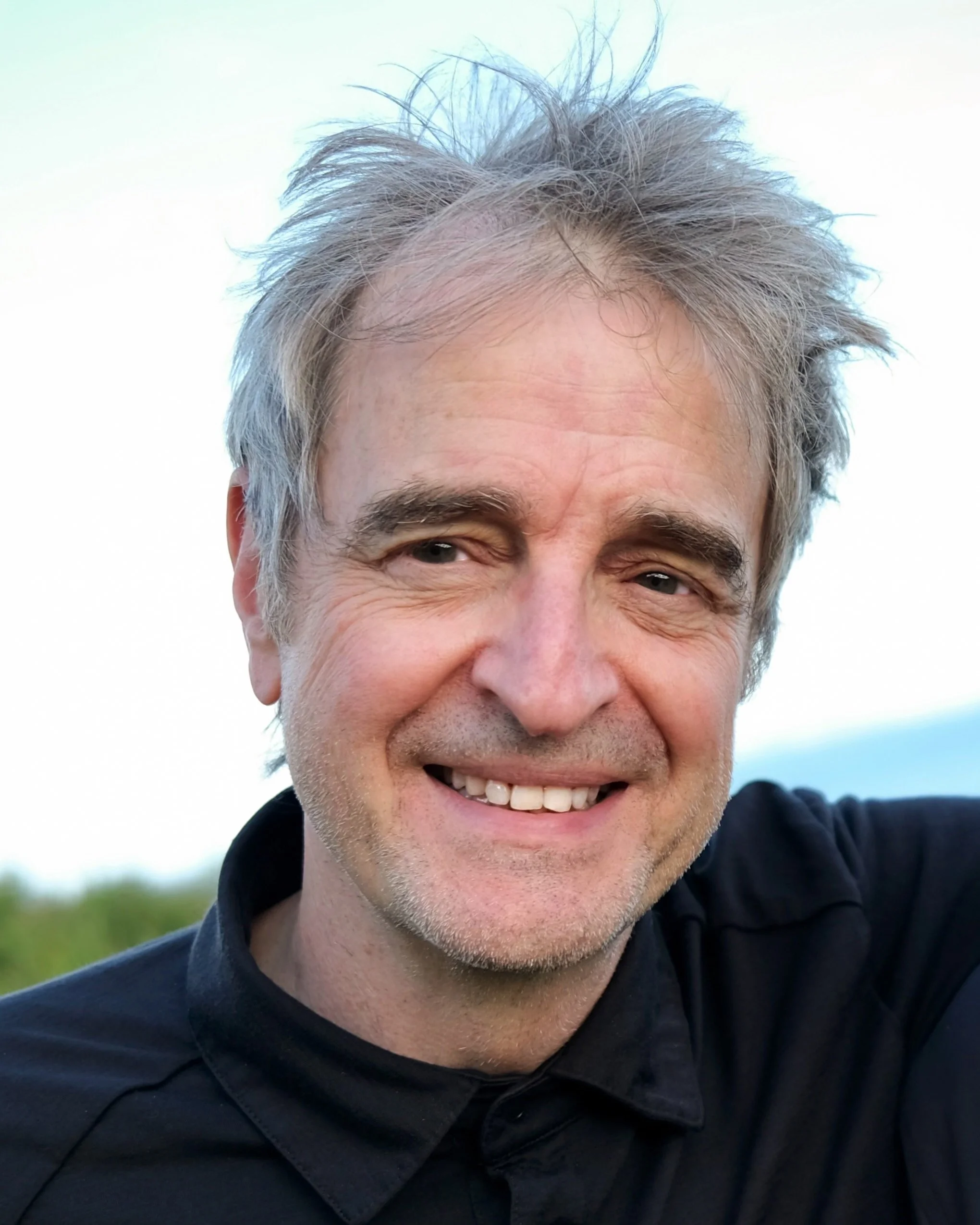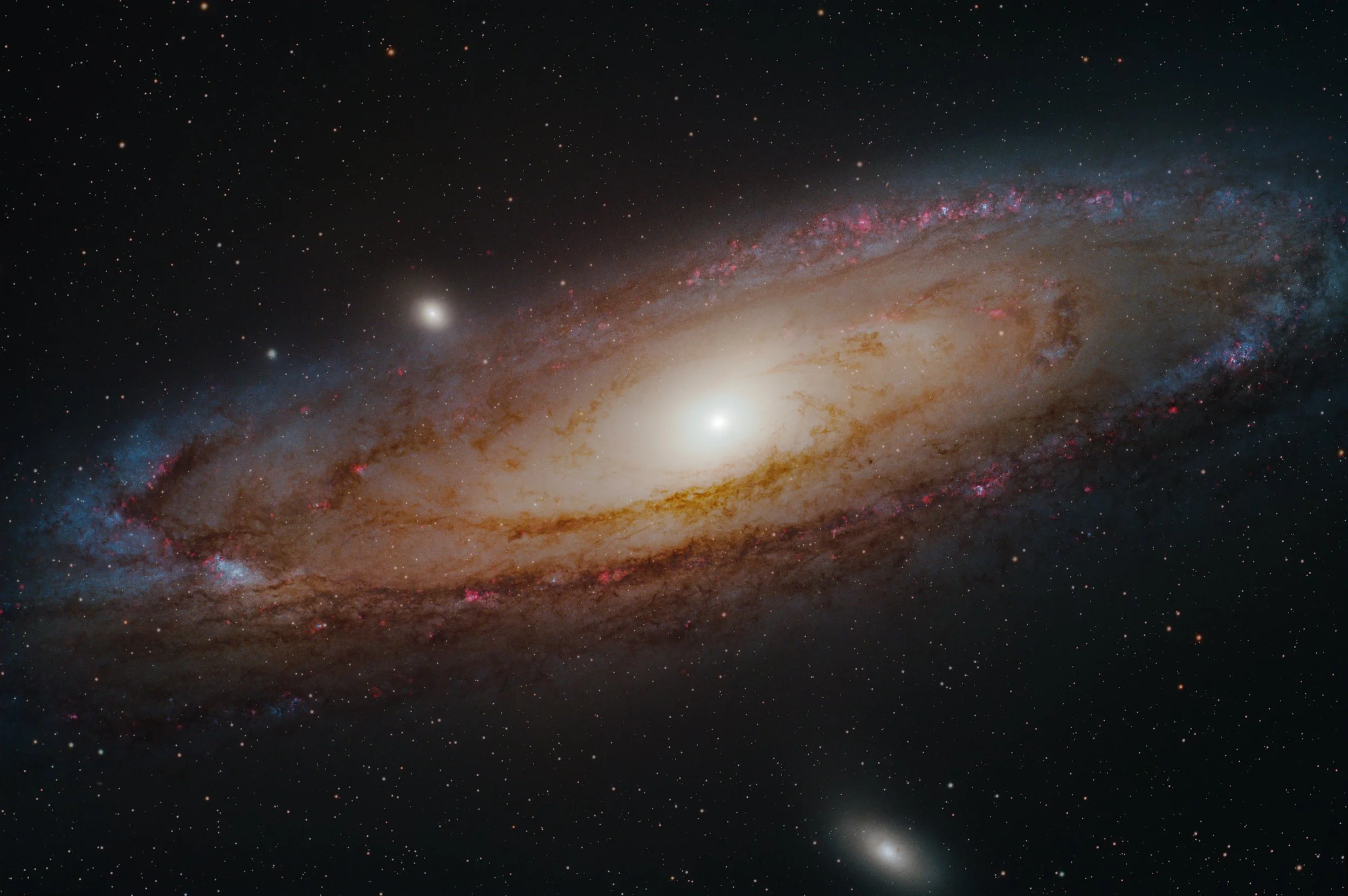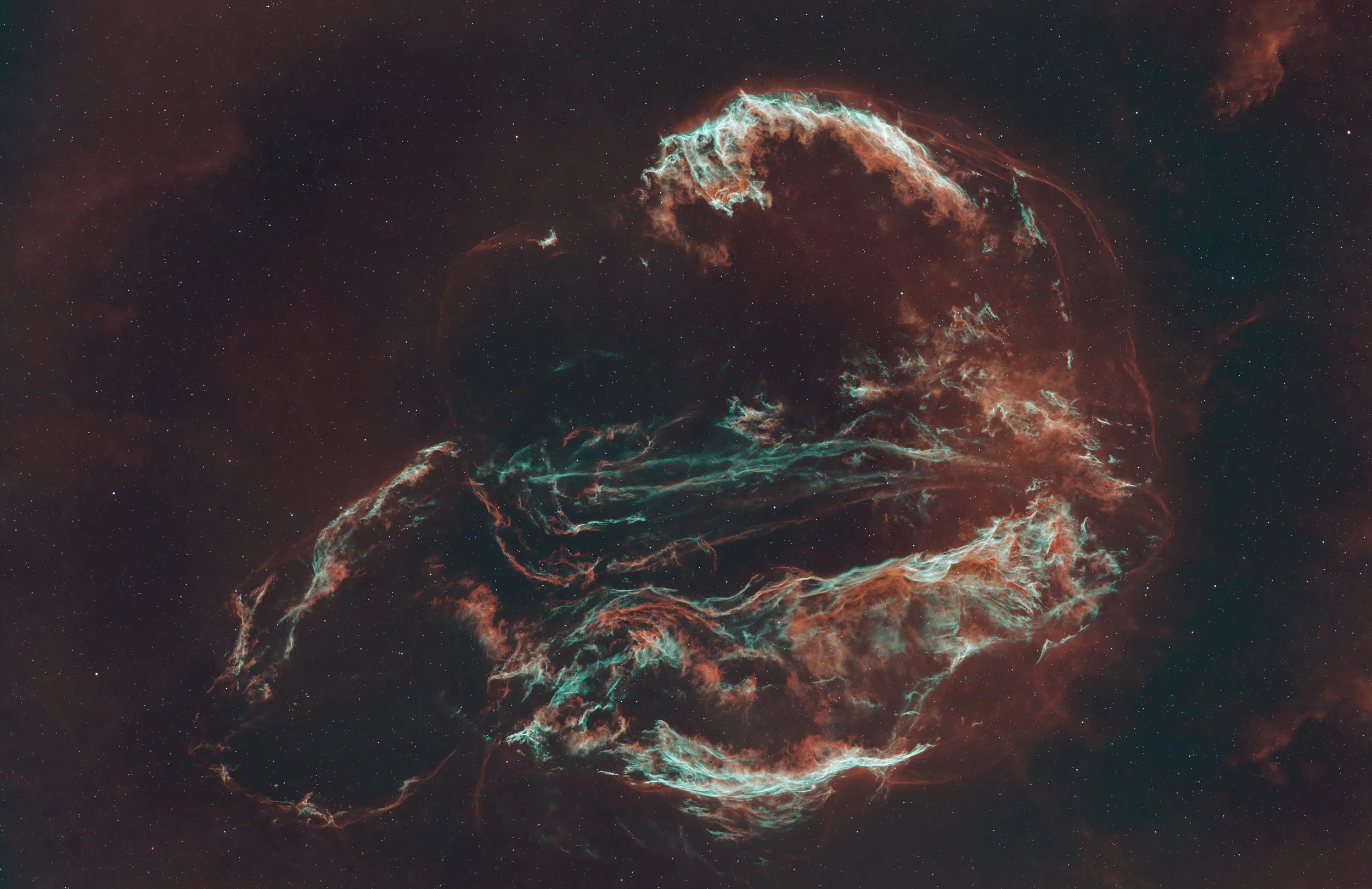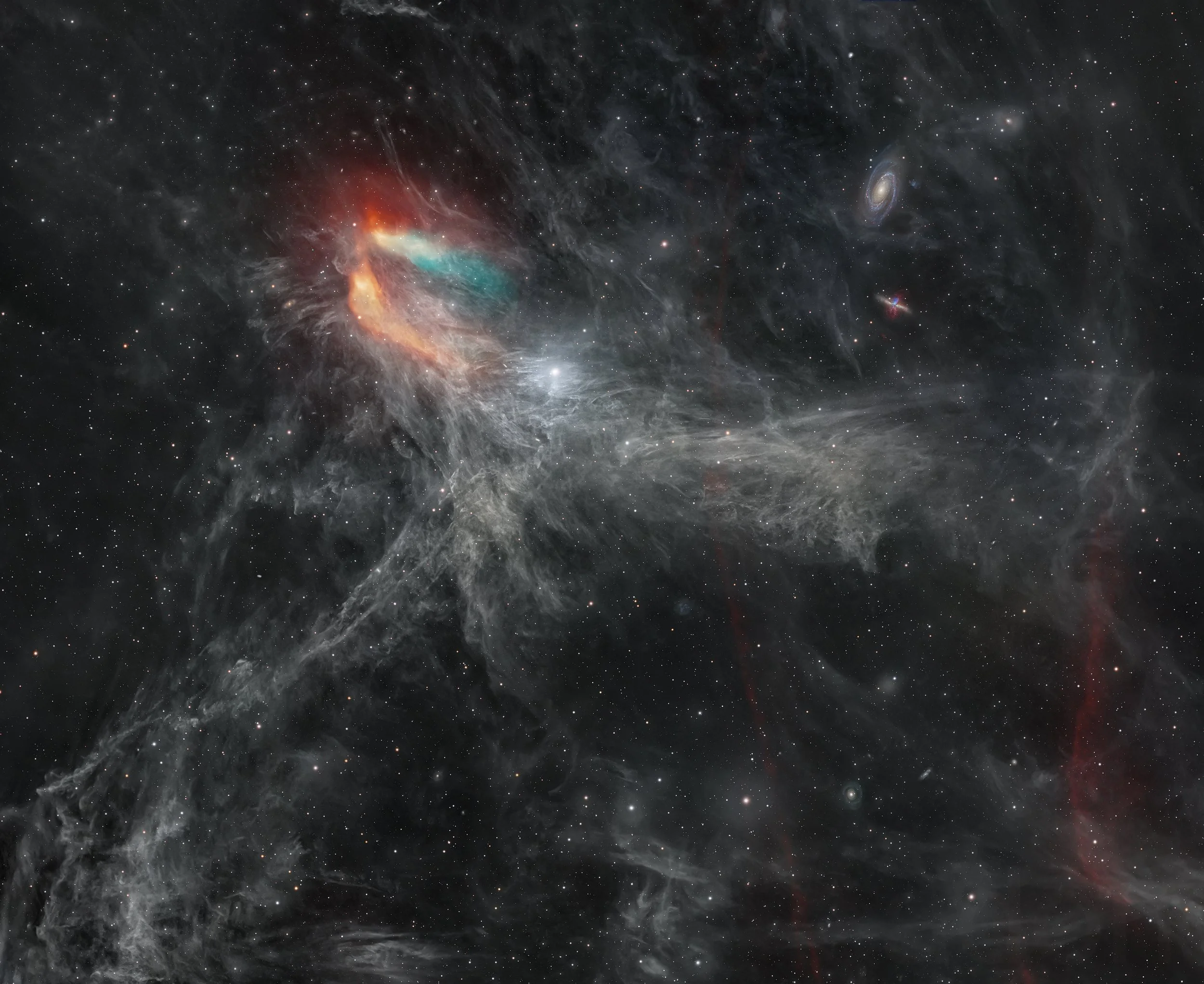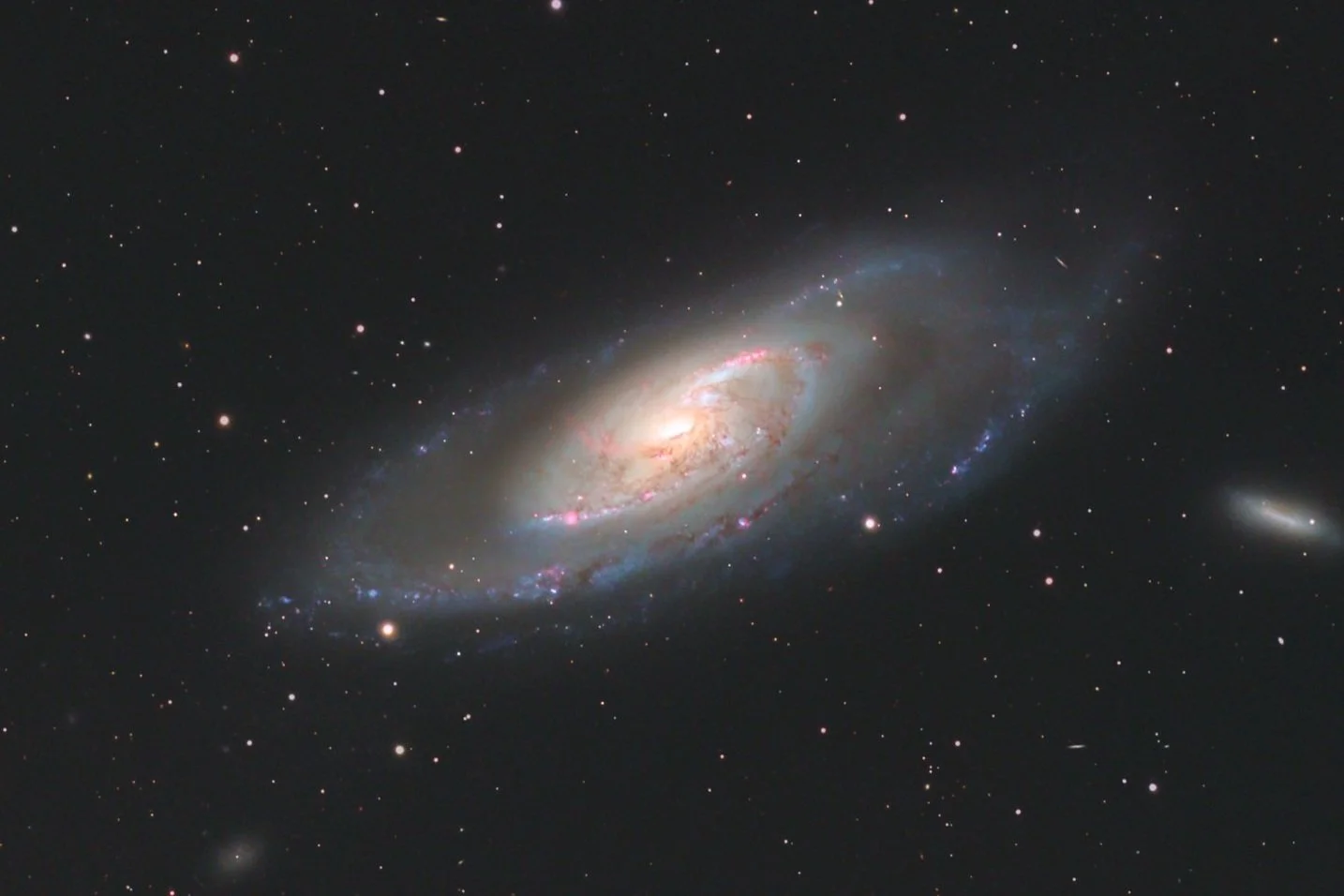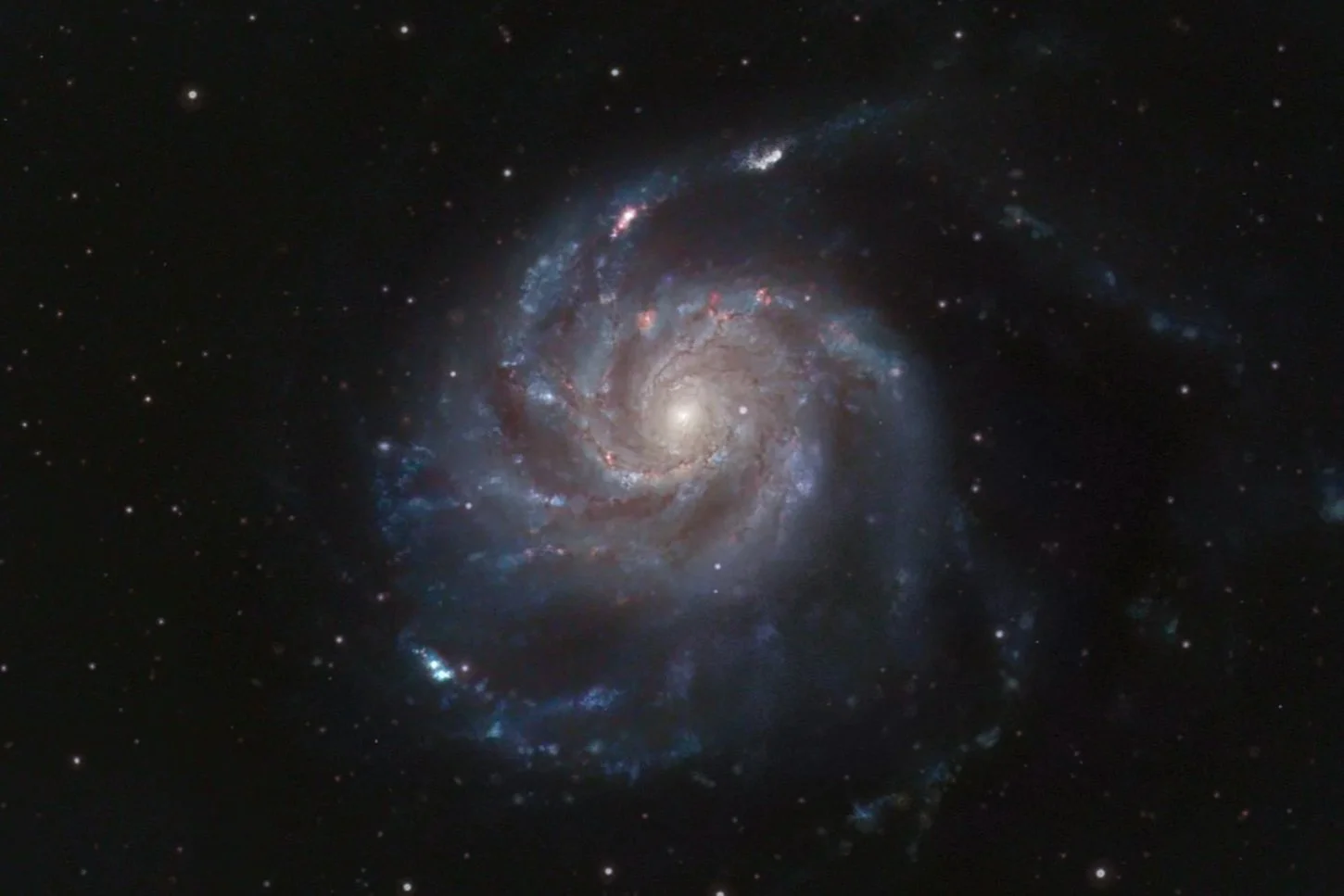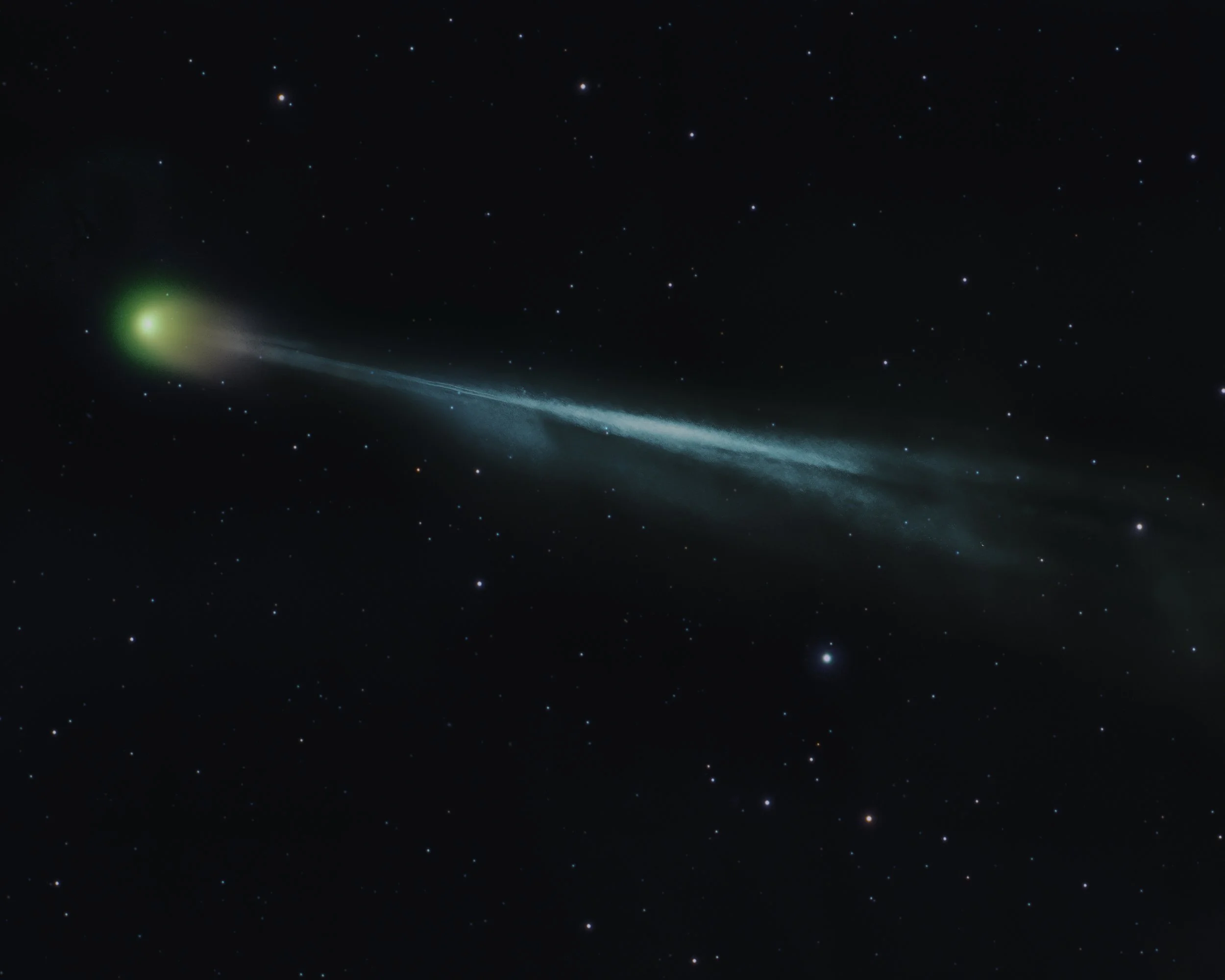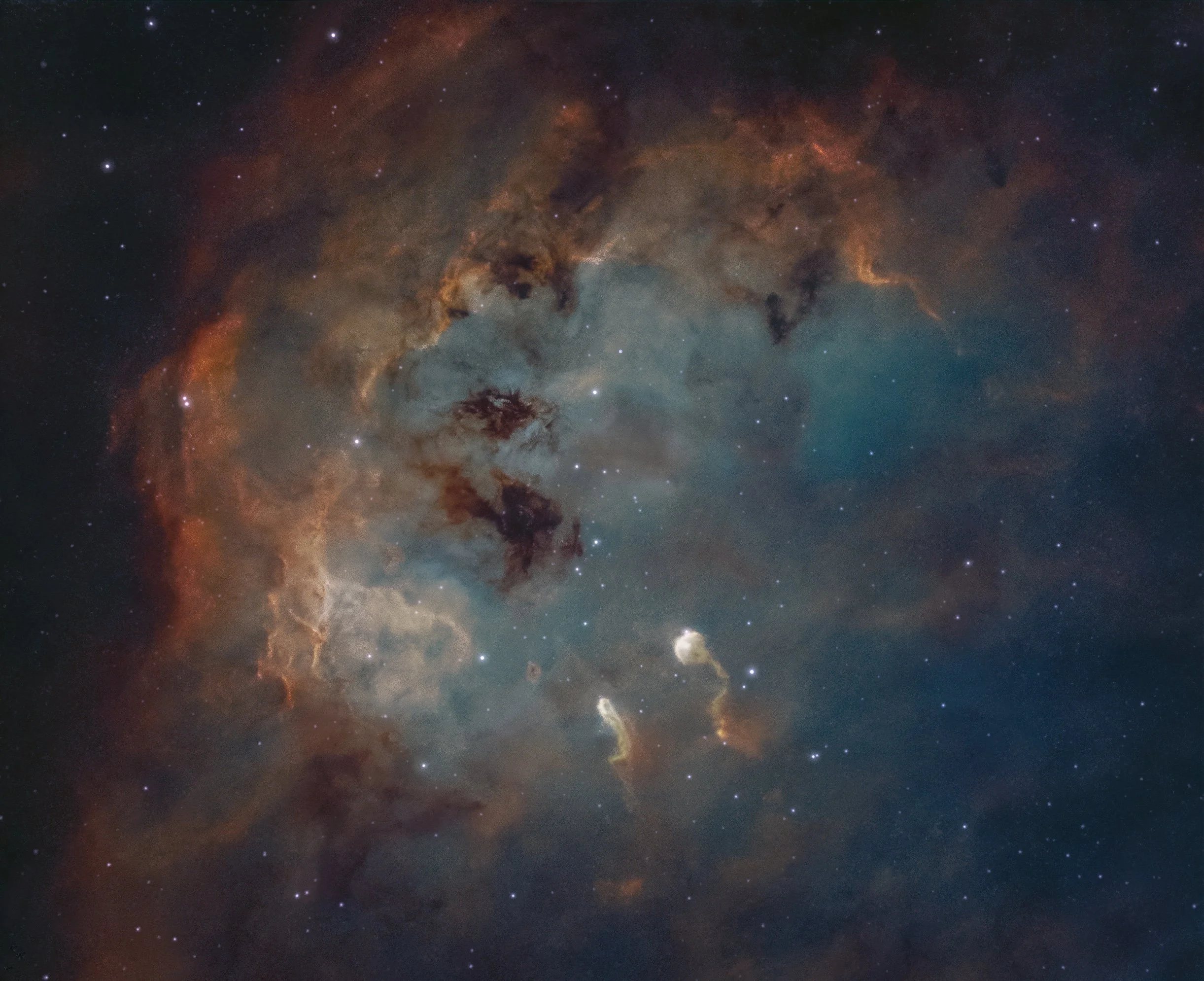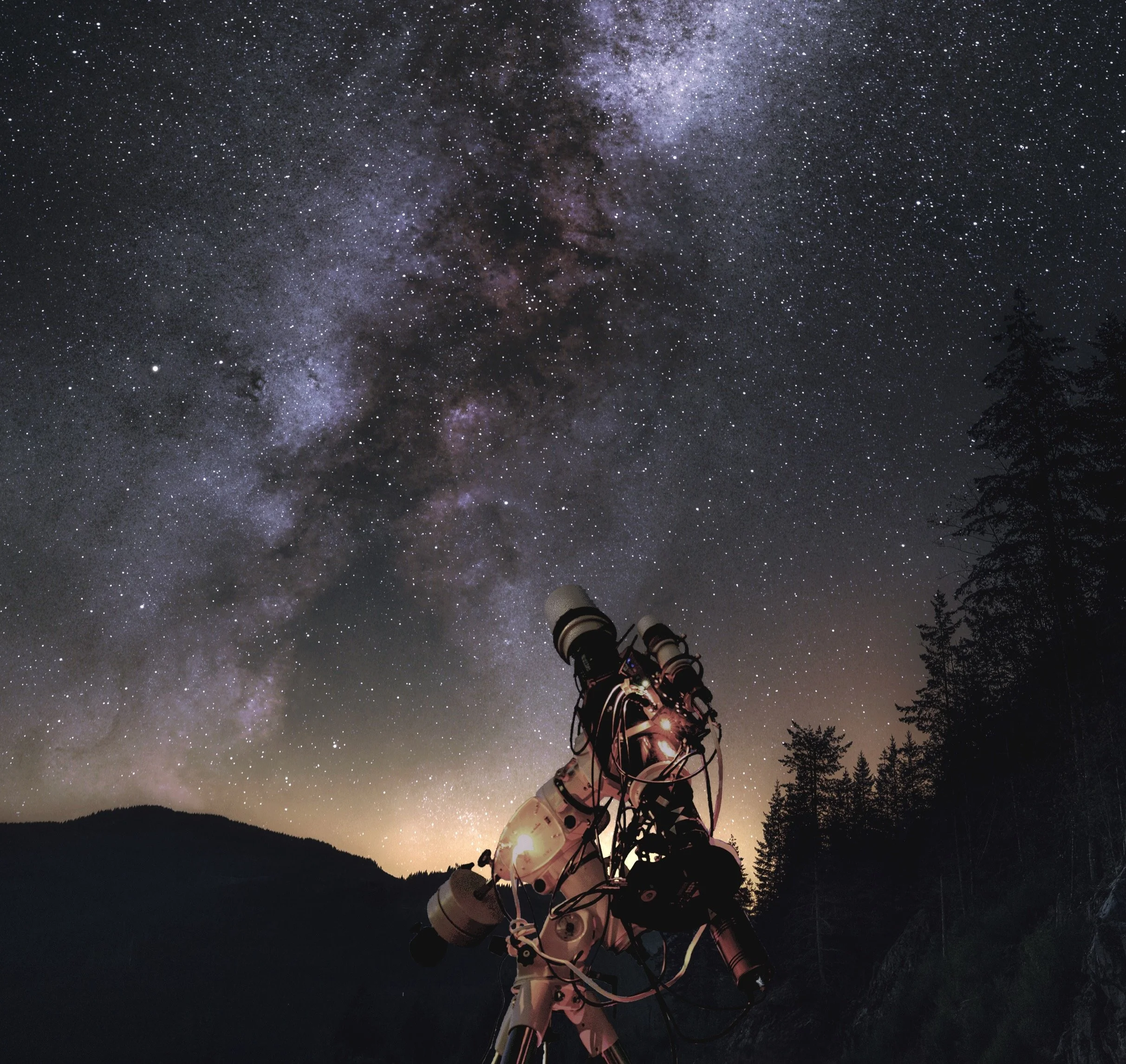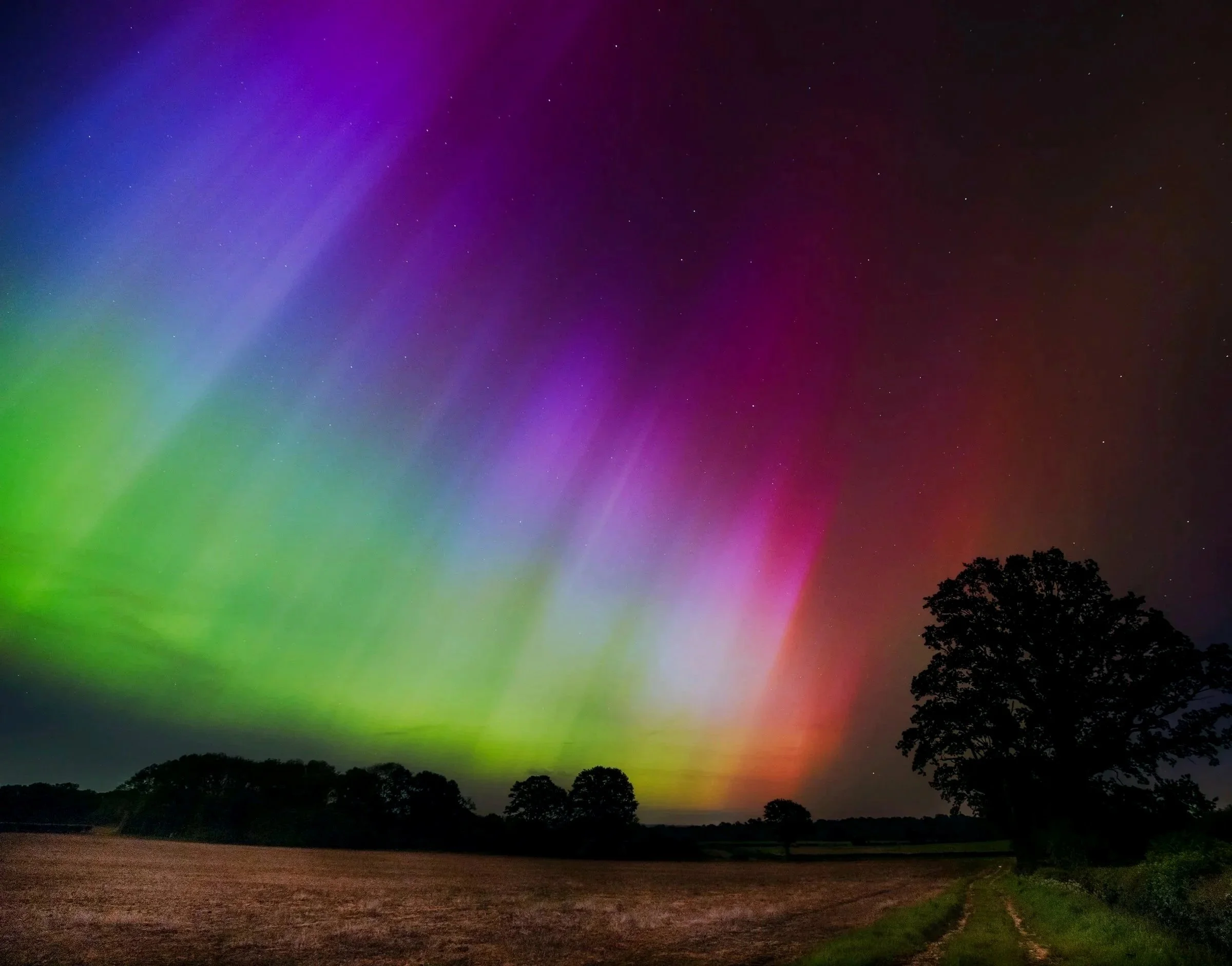
When you look through the eyepiece of a telescope, a few celestial objects are guaranteed to make you say ‘wow!’ – the moon with its mountains and craters, Saturn surrounded by rings, Jupiter showing off its stripes and Galilean moons.
But it’s not until you use a camera to take long exposures that the faint, deeper universe begins to truly reveal itself. And it does this in the most astonishing way. Galaxies, nebulas, supernovas - all these appear in detail you might never have thought possible.
This is what drew me into astrophotography – an endless supply of ‘wow!’ moments delivered by photons of light. Some have travelled for hundreds of millions of years to reach the sensor on my camera. Welcome to Earth photons!
I am a full time astrophotographer and London-based Fellow of the Royal Astronomical Society. My images are taken in the south of England, Canada’s Vancouver Island and Texas where I have had a remote telescope for a little over a year.
Here is some of my work with some background and descriptions of deep sky targets that I hope you will find interesting...


Time-lapses
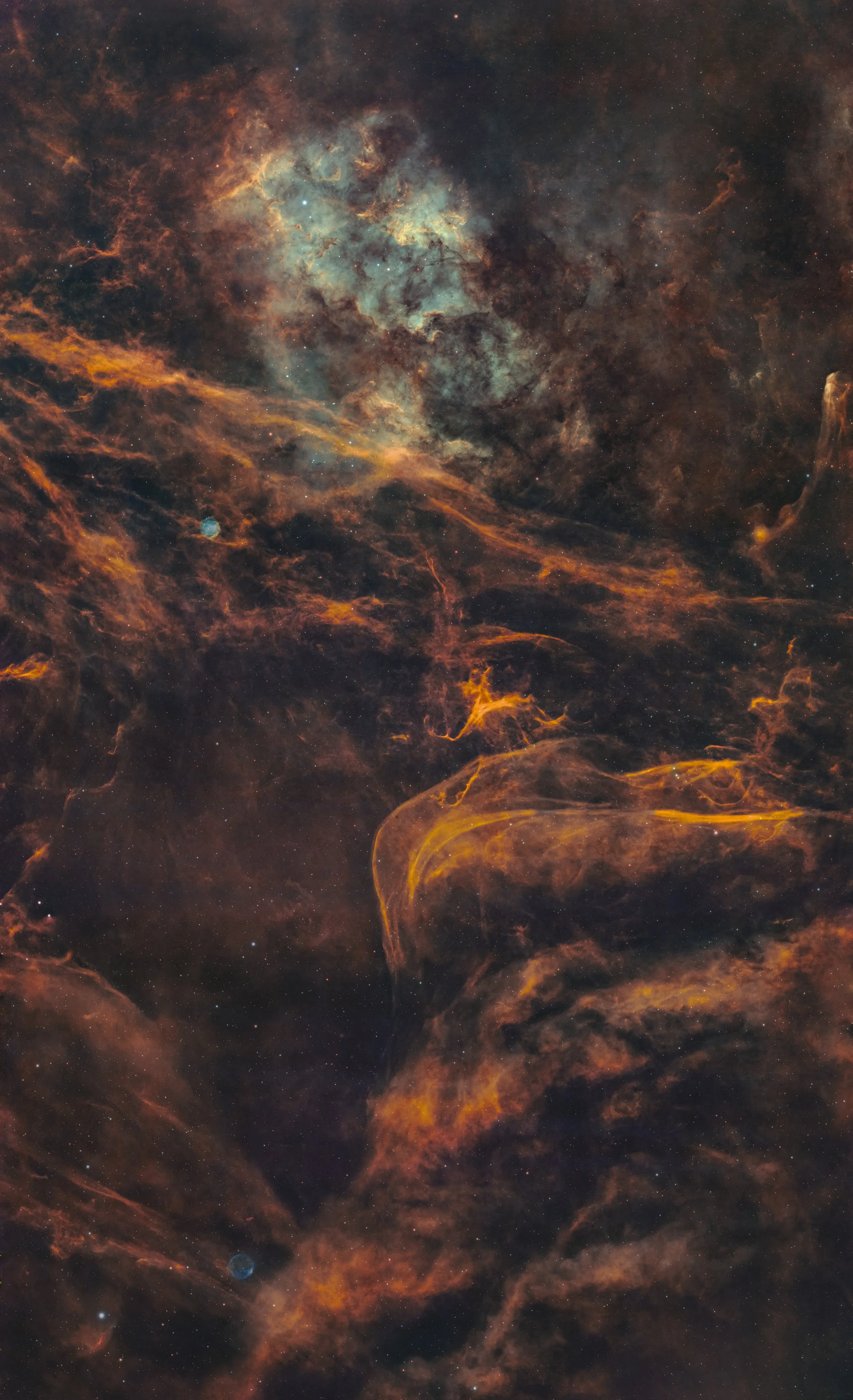
Hardware, software and how I use it.
Terrestrial Tools

